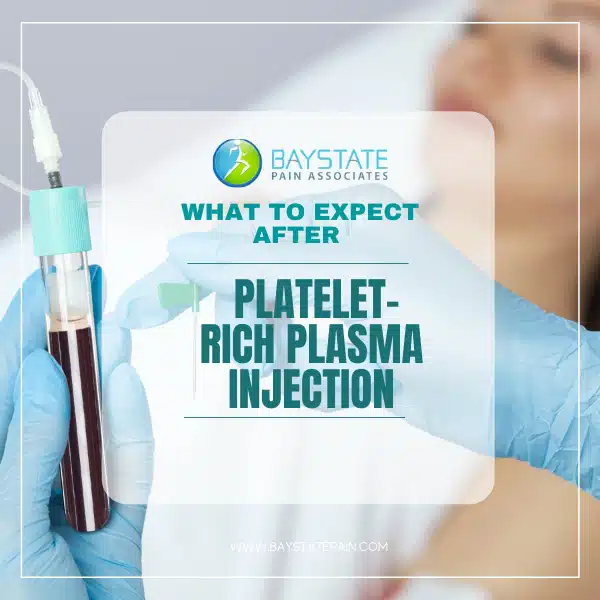WHAT TO EXPECT AFTER PRP INJECTION?
Have been looking for solutions to your knee pain issues? Platelet Rich Plasma (PRP) injections.
If you’ve been considering opting for PRP knee treatment, one of the first questions you’ll likely have is what to expect after PRP injection. Your doctor will explain to you the precautions and some dos and don’ts to follow for best results from the therapy. These instructions can include resting the treated area, taking basic pain medications, and exercising gently.
Have been looking for solutions to your knee pain issues? An innovative option that has been attracting interest in recent times in Platelet Rich Plasma (PRP) injections. Should your medical practitioner recommend the treatment, one of the first questions you’ll likely have is what to expect after PRP injection. And, whether you can really look forward to effective results.
You can have knee pain because of three main reasons.
- broken bone in the knee.
- osteoarthritis where the cartilage erodes. Or, issues like tendinitis, bursitis, or patellar syndromes.
- Infections and arthritis
What to Expect After PRP Injection for Knee
PRP therapy works by attracting healing elements to the treatment site. The components of the serum signal to the body that the area needs repair. In this way, it initiates the tissue-repairing mechanism anew.
Here are some of the immediate after prp injection effects:
- You may experience some amount of bruising, soreness and stiffness for around two to three days after the injection.
- You may sense some amount of discomfort that basic pain medications like Tylenol up to 3 mg each day can help.
- Some amount of swelling in the treated area is a common occurrence and indicates that the treatment is working as it should.
- The swelling and discomfort lasts for a maximum of 3 days and then starts to settle.
- You should see easier movement and less pain within the next three to four weeks. And, over the next three to six months, you’ll continue to sense that the knee is recovering steadily.
- Do keep in mind that the recovery may also depend on the specific cause for your knee pain issues. For instance, conditions like osteoarthritis and arthritis respond faster to PRP therapy. However, damaged tendons and fractures may take longer to heal.
Some PRP Injection Aftercare You Must Take
- Right after the injection, your doctor will ask you to lie still for at least 15 minutes before going home.
- You will need to rest the knee for at least 24 hours. If needed, you may use crutches, braces, or other walking aids to keep some of the pressure off the knee.
- You’ll receive prescriptions for standard pain medication that you can take for up to 14 days as and when needed. However, any kind of anti-inflammatory drugs should be avoided.
- You can use warm or cold compresses for 10 to 20 minutes at a time a few times a day to ease the swelling.
Post-PRP Injection Instructions to Follow
- Depending on the particular cause of your knee pain issues, stretching and exercise protocol you must follow. For instance, at 24 hours after the injection, you can perform gentle stretching under the supervision of a licensed physical therapist. Over the following weeks, you’ll perform weight-bearing exercises and other moves. These exercises assist in blood circulation, healing, and strengthening of the muscles surrounding the treated joint.
- If you’re an athlete, your doctor may ask you to refrain from training or playing the sport for at least 4 weeks. Once again, depending on your knee pain.
- You’ll receive a schedule for follow-up sessions like, for instance, at 2 weeks and 4 weeks, to see how the healing is progressing.
Rare Possibilities
Rare possibility of fever, drainage, or infection. However, these occurrences are rare and can be easily managed with a course of antibiotics.
Go ahead and try PRP treatments for knee pain. You will be pleasantly surprised by the positive results in the following few weeks.
If you have any more questions about how PRP knee treatments progress, go ahead and contact us. We’ll get back to you with responses to your queries.



